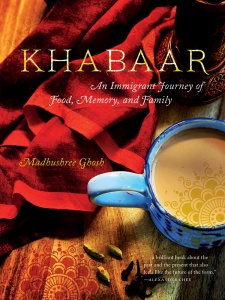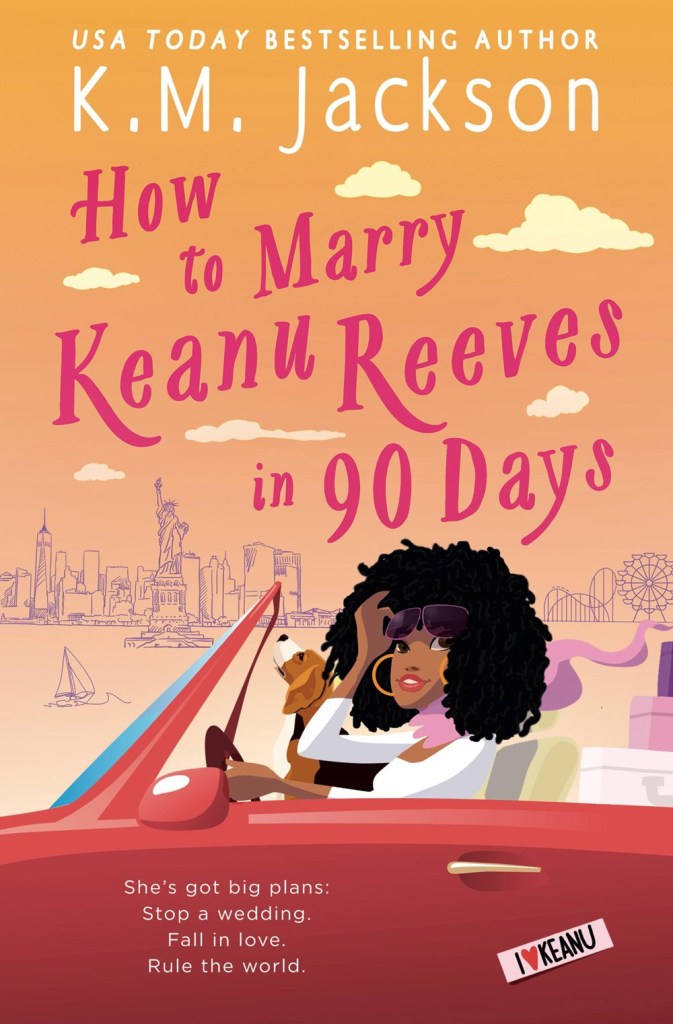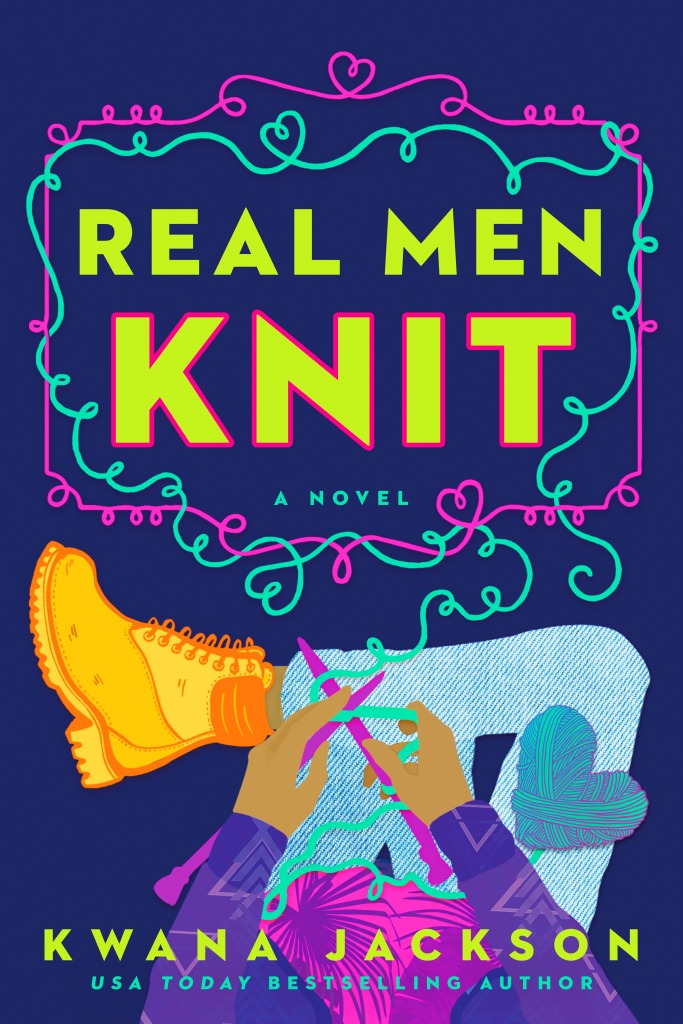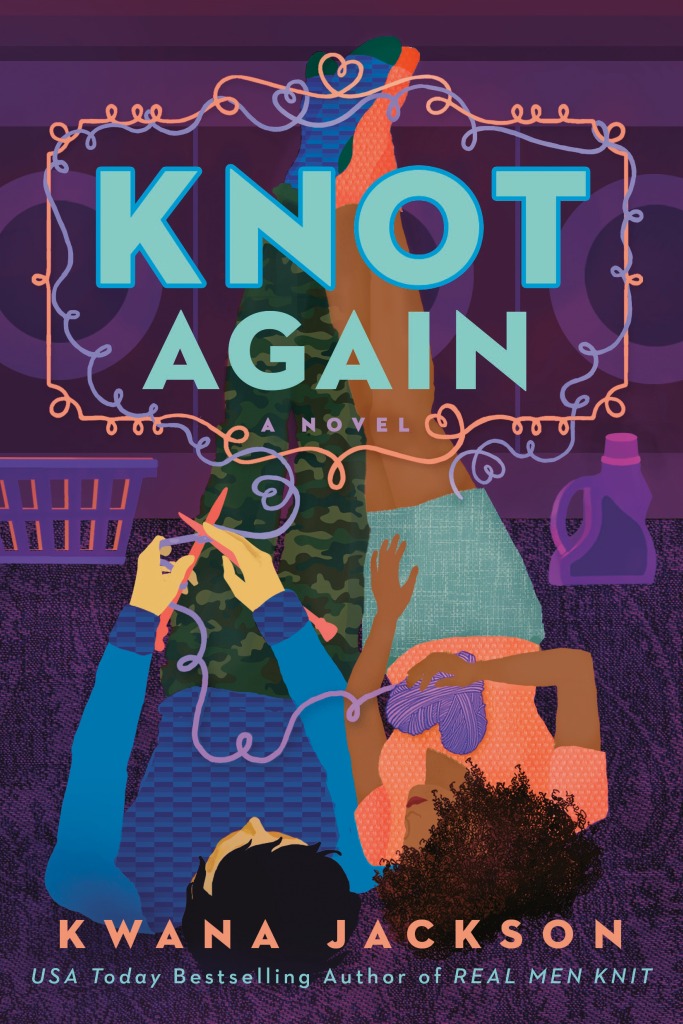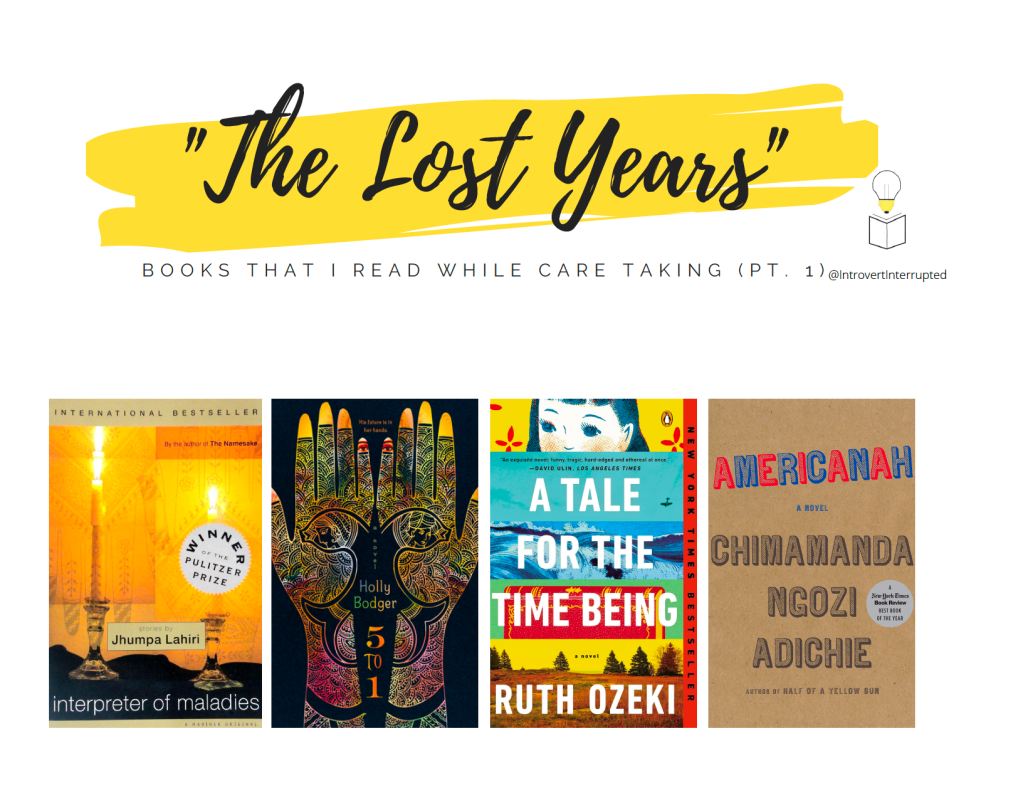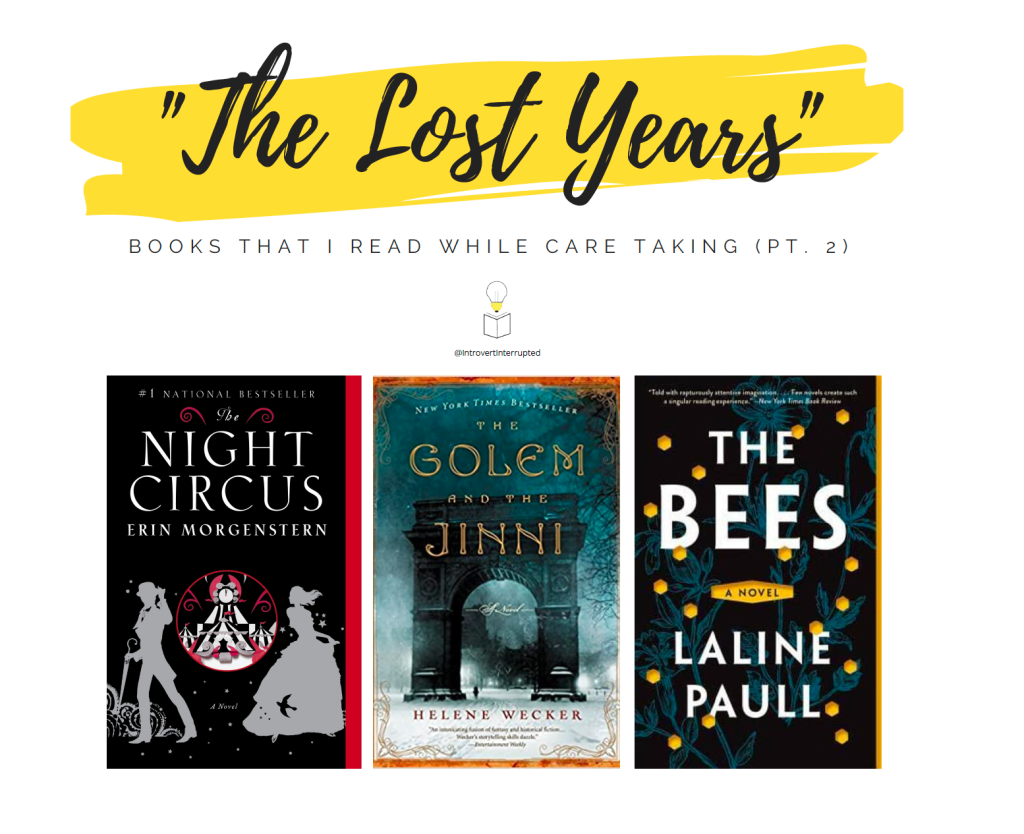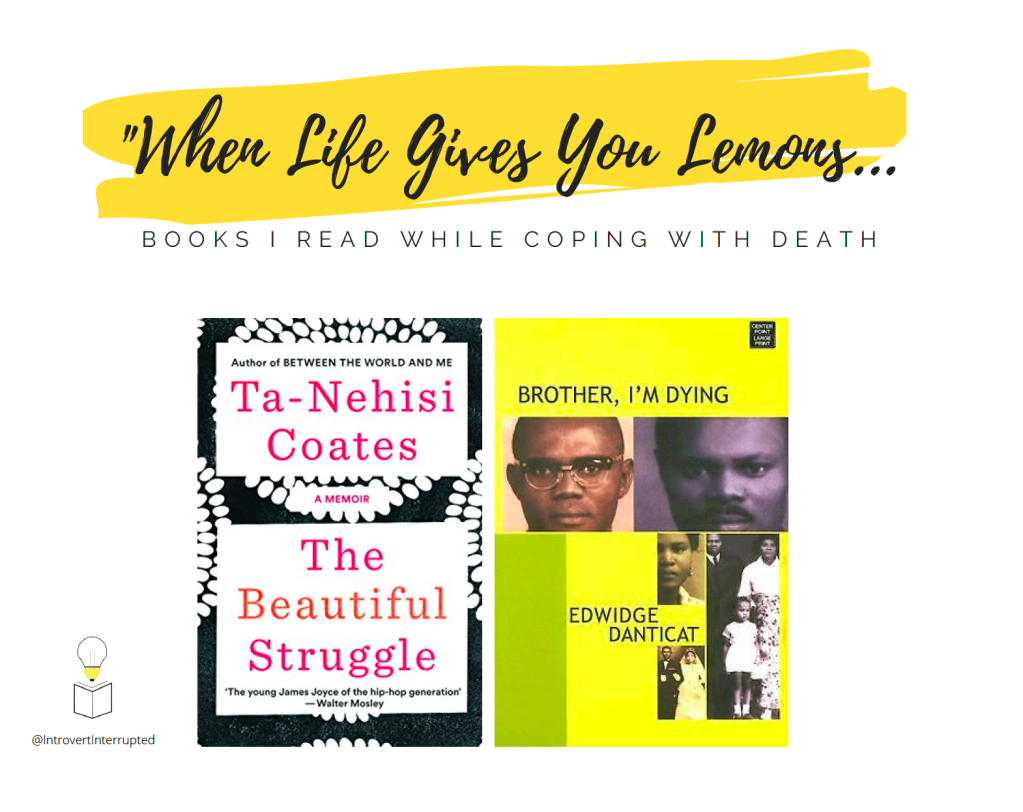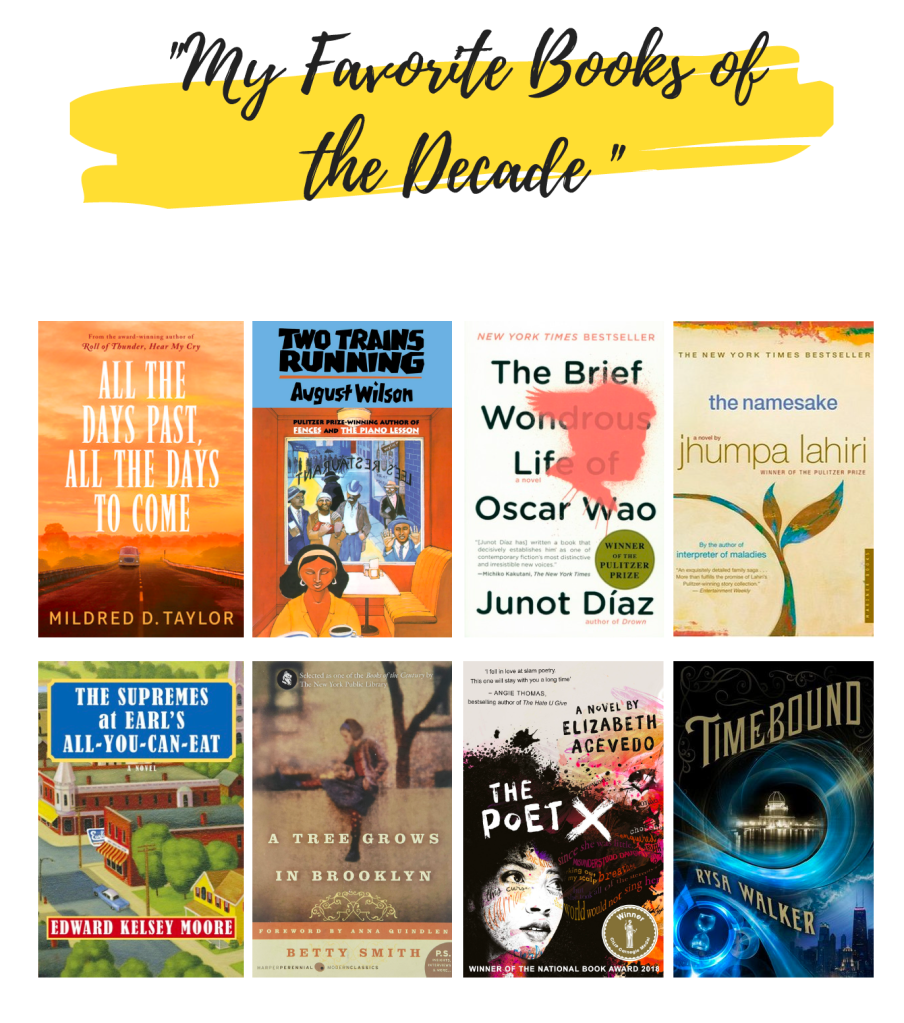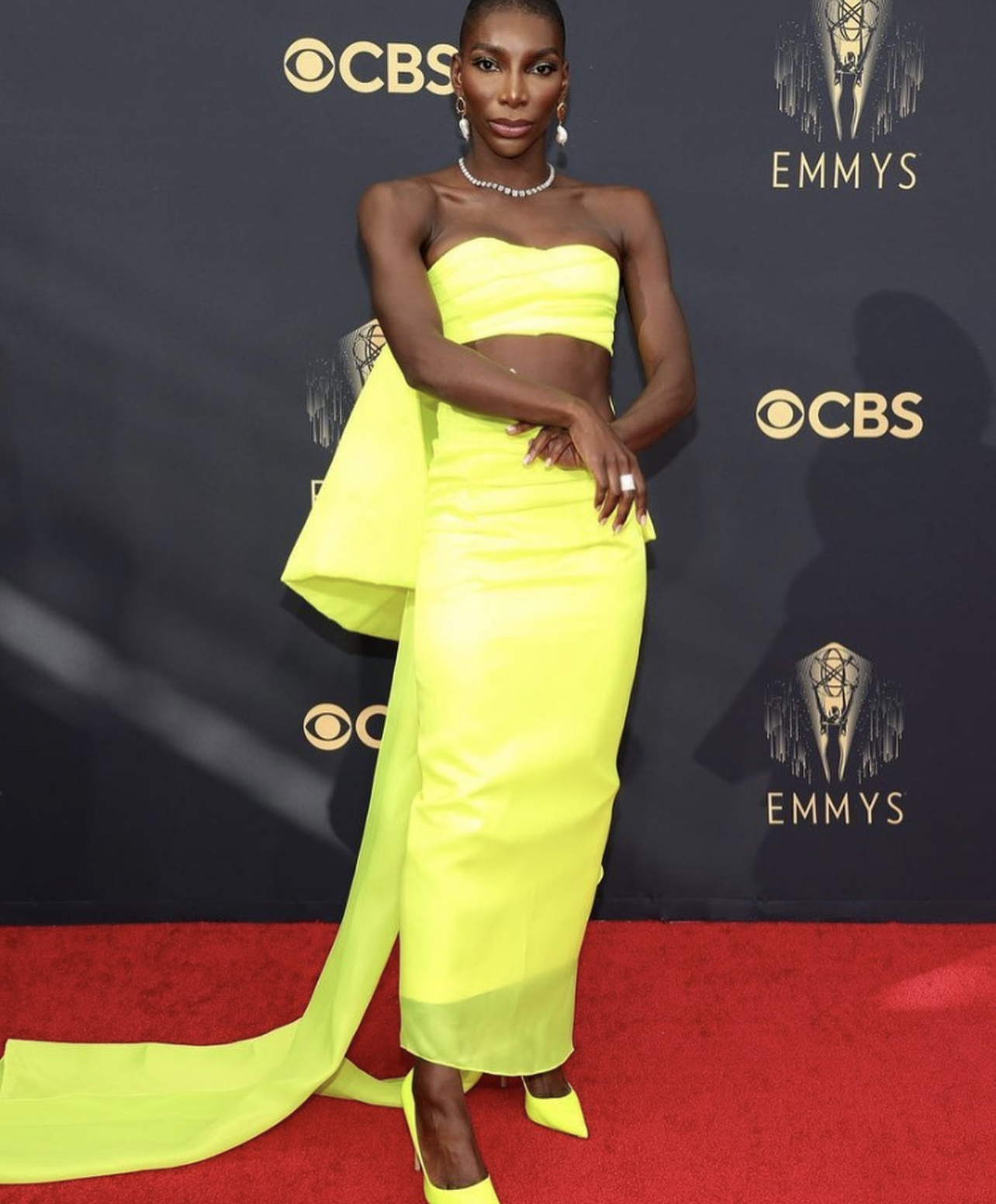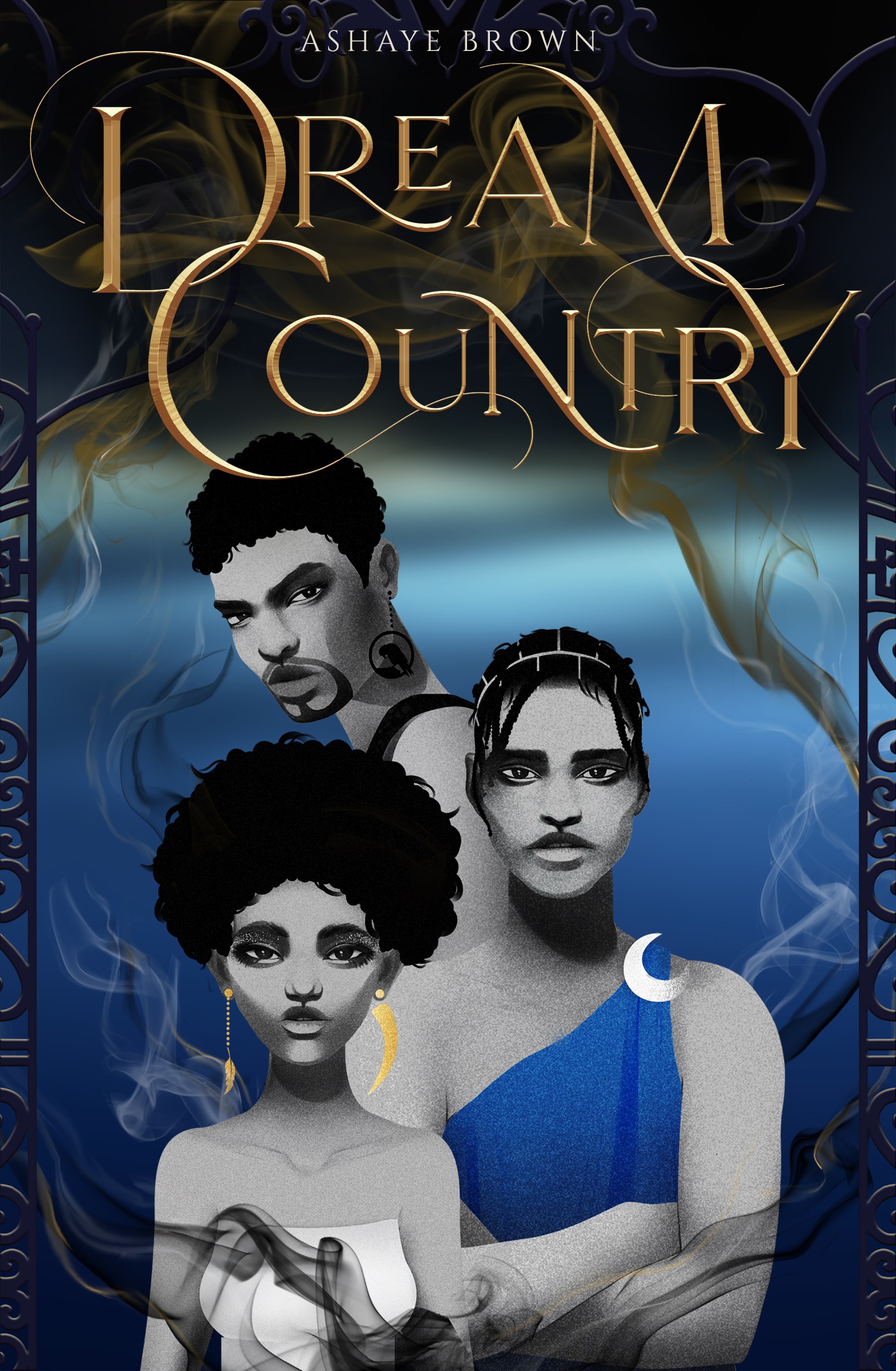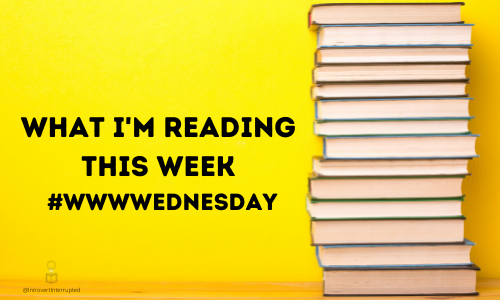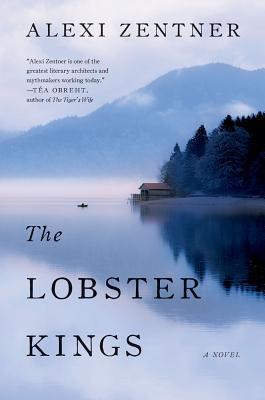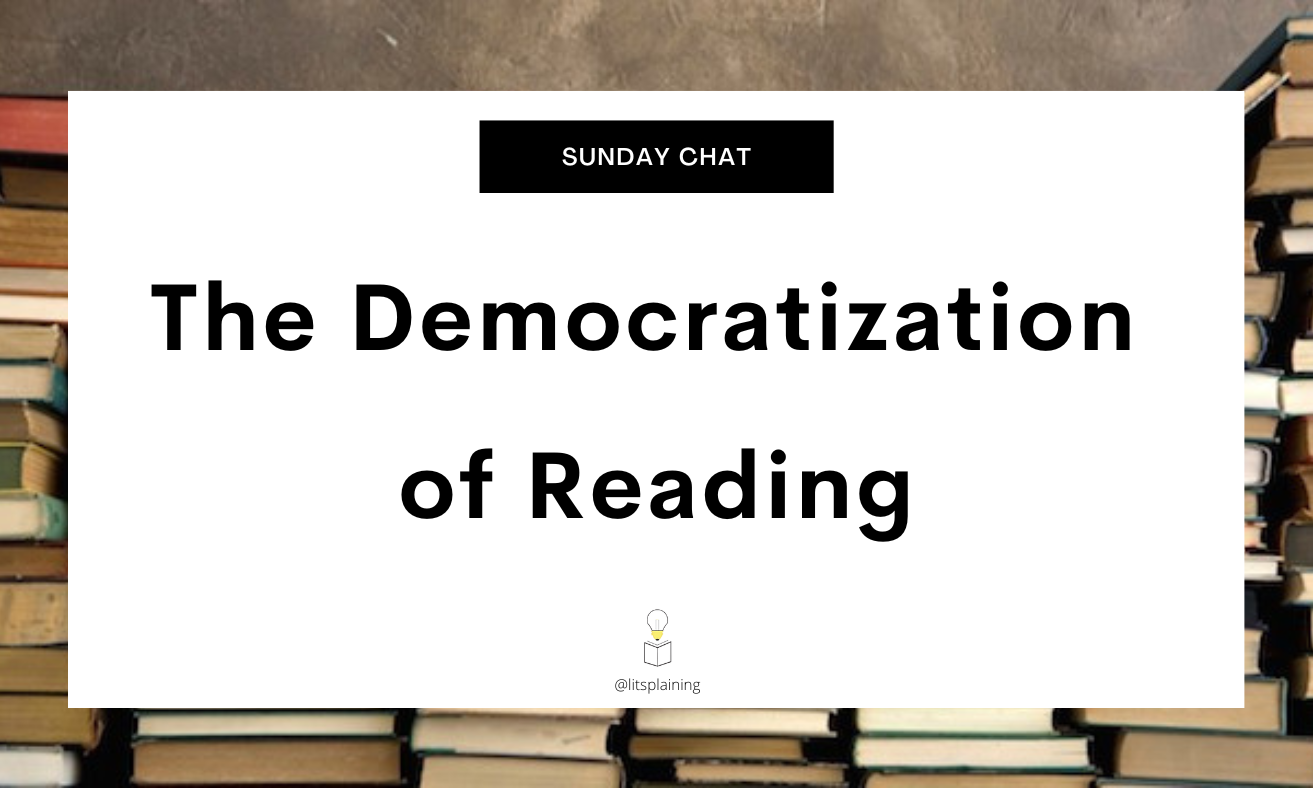
If you’ve been following my blog for a while, you probably remember my Sunday series, where I talk about my reading habits and how technology and my personal routine impact what I read and how I read. Today’s installment of this series will focus on how algorithm culture impacts my reading habits.
Before we get to the personal, we will have to take it back and talk about the creation of social media and the business of reading.
Let’s jump in!
How did Web 2.0 & Social Media change our reading habits?
At the inception of Web 2.0, the Internet moved from being a one-sided text-driven medium into a “participatory and collaborative” space with “user-generated content,” according to David Beer of the University of York. Pre-Web 2.0, consumers were force-fed information and made to engage in a one-sided relationship with businesses.
Web 2.0 gave everyday people a chance to have a voice and opinion about the goods being sold to them. With hobbies like reading, readers didn’t have to rely on a book critic at the New York Times or even their favorite celebrity influencer to tell them what the next big read was. Instead, the average reader can now use interactive sites like Goodreads, Storygraph, and *gasp* Amazon’s review pages to talk about what they are reading and recommend their favorite books to others. Thus, moving from the role of a passive consumer into that of an amateur book critic.
TLDR: Web 2.0 democratized reading and publishing.
With this democratization, anyone with access to a viable Internet connection and time on their hands could easily jump online and set up shop handing out literary criticism to make themselves the next Oprah or Michiko Kakutani. And this is what got the publishing industry a little flustered.
How Has Social Media Democratized Reading?
Before social media became a thing, the publishing industry was going through it, trying to figure out how they would stay afloat and compete with digital technologies. If you’ve ever heard that age-old debate about ebooks vs. physical books, you’ll get the gist of what got the industry up in arms.
Yet, it wasn’t only the industry that became frustrated with the democratization of reading. The high-brow readers who found solace in the Kakutani’s of the world validating their seasoned taste in books were just as frustrated as publishers. After all, if any teeny-bopper with a webcam was allowed to expose the virtues of their favorite Young Adult authors and scream about how great it was, did “real reading” even exist anymore?
Thus, the book Influencer was born.
For the hardcore readers (and I use this term loosely here) along with the publishing industry, the introduction of Web 2.0 shook up the status quo. Not only were online book retailers able to impact profit margins, but they also empowered the average reader to voice their opinion and slowly began to dictate the market’s taste. And while it’s still hard to get smaller BIPOC authors’ books to the New York Times Bestseller list versus a white author in the same genre, Web 2.0 has allowed BIPOC authors a better chance to build an organic fanbase.
With that organic fanbase, a smaller author can potentially galvanize their subscribers into action to help them sell out their books or even help them get their backlist publicized more. Now, they may not have the success of a traditionally published author with the publishing machine behind them, but there is a chance that they can move units and make a noticeable impact.
That’s if they can work around the algorithm.
How much do algorithms play in building or swaying our reading habits?
Social media has allowed users worldwide and between business sectors to communicate and build connections instantly. It has also helped the industry and specific sites gather unfathomable amounts of data on niched demographics based on how users set up their profiles, what they click on and like, and whom they communicate with through the apps or sites. In theory, this can be a helpful thing. However, in the wrong hands, users’ data can be a weapon that manipulates a user or community into making choices that do not serve them.
With sites like Goodreads, the site’s algorithm appears innocent enough. But, as Simone Murray points out in her academic article, an algorithm, like most things, is built around the whims of its creators and then heavily influenced by the user’s choices. And as much as social media users are cautioned that algorithms are a neutral creation that is out of our hands, this isn’t necessarily true. After all, Murray makes an excellent point about how a user builds their profile and what content we engage with on an app heavily impacts the content we see.
The Algorithm & Me, Then…
As an avid user of book-based social media, I tried to diversify my content by subscribing to users from different sectors of the Book-O-Sphere and who read different genres to see if that would help serve me varied content. Up until about 2015/6, this strategy worked somewhat.
Before this time, I would see varied content from bookstagramers users in India vs. the UK vs. Nigerian, for example. The same with users who liked literary fiction vs. middle-grade or young adult books. But, after sites like Instagram changed their algorithm only to show what was most popular, and publishers began to recruit users to do free labor by advertising ARCs, I felt as if the varied taste I’d come to know before had somehow been diluted, and I was being served the same content no matter what social media platform I was on.
As someone who happily gets ARCs, I have no hard feelings there. Nevertheless, I do miss that feeling of seeing organic reading taste from the early days of the Book-O-Sphere when users came to platforms to expose the virtues of their favorite authors, even if they weren’t New York Times Bestsellers. In the heyday of BookTube, I’d watch the smaller YouTubers to hear them chat up their favorite author and happily add those books to my Goodreads off the strength of trusting that creator was only pushing that book because they actually loved those books and not because they’d gotten the book for free.
During that time, I also felt creators were more readily themselves. Before we knew that saying we loved (or hated) “such and such book” would get us a lot of subscribers or likes, I’d see readers be more open with their opinions and book taste. On the other hand, this was also before we realized some authors weren’t there and would resort to stalking or public harassment if given a bad review. So, I do get it, even if I do miss that era of the Book-o-Sphere.
Random Social Media Bookish Facts - More than 120 million members use the Goodreads platform globally. - On TikTok, videos that used the #BookTok hashtag had received 42 billion views as of 2022. - If a book is mentioned by a publisher’s Twitter account, it will receive higher engagement than books mentioned by non-publishers. - Almost 10% of global reading is done on digital devices, a number that is constantly growing. Source: Wordsrated.com
…and, Now
For me, though, the one thing that I noticed the longer I stayed on social media was that I, too, was prone to read what the crowds read or what the publisher started to push heavily. After the heaviness and chaos of the Pandemic pushed me offline, I’ve felt as if I finally have returned to my own taste in reading that’s mildly impacted by others and the publishing industry.
I’m still a big mood reader. This means I read whatever I feel like at the moment. But, I also have gotten back to enjoying Cooking and Travel Writing books, which I rarely see featured on the Book-O-Sphere unless it’s an Anthony Bourdain book or a cookbook or memoir highlighting travel published by a celebrity. And once again, these are sometimes great reads! But, I noticed that the ones that get pushed are usually only pushed because of the person’s name and not the content itself.
I read Khabaar: An Immigrant Journey of Food, Memory and Family by Madhushree Ghosh last year and was blown away by the way the author centered food as a catalyst for her journey to self-discovery. Ghosh tied this book to how domestic abuse impacted women in the South Asian culture, how she navigates being a woman in the STEM field, and even how the culinary arts colored her relationship with her parents. This book was a delight to read, but if I had waited to find it scrolling through my timeline as I used to, I would still be waiting for it to appear since it wasn’t a popular book. And this saddens me.
While the algorithm can sometimes be a good thing, the drawback of waiting until something is a hot-button issue or popular to discover it feels daunting. Add in that those hot-button issues also frequently come with high emotions, with readers splitting into differing camps online to argue (good-naturedly or not), and it’s a big NO for me.
Reading has always been my happy place. So, the moment that I feel that it jumps from being a hobby into a job where I have to play against the machine to find content I enjoy, I’m out. After all, who needs unnecessary stressors on top of real life?
What’s your thoughts on the algorithm and your reading habits?

Speaking of destressing, what’s on you all’s playlist this week?
Here are a few of my favorites this week.
Summer is the perfect time to dig out your Motown Records. My first pick this week is “(Love Is Like A) Heatwave” by Martha Reeves & The Vandellas
Next up is Afrobeats. My go to bop from this genre at the moment is “Anybody” by Burna Boy.
